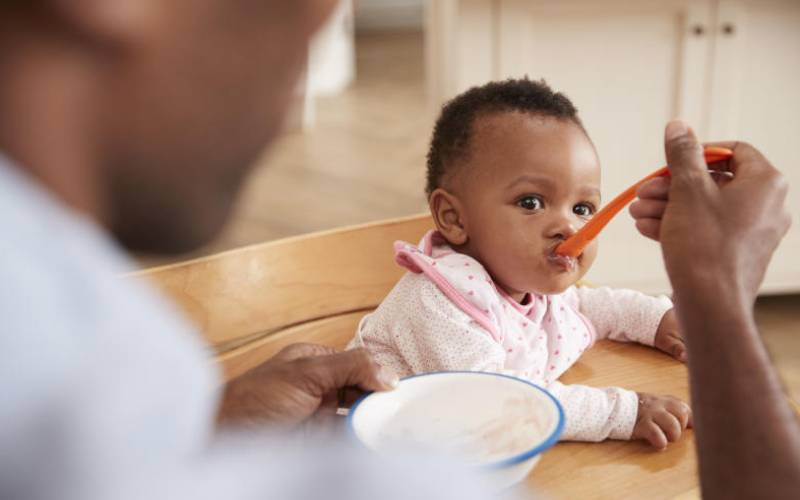
Dear Dr Ombeva,
Last week, I was blessed with my second child, a boy. On the third day, he developed deep yellowness and fever, and is still in nursery. I am so stressed and worried. Will he ever be fine?
Melanie
Dear Melanie,
While I celebrate with you about the second baby, I am so sad to learn that the baby has been admitted in nursery due to jaundice, which is the yellowness under skin of the baby. I hope he gets well soon.
Jaundice is a common problem in newborn infants, because liver enzymes which process bilirubin may be immature, and the breakdown of red blood cells naturally happens at a higher rate in newborns than in older people.
The usual treatment is phototherapy (special light is used to break down bilirubin into a form that the body can easily excrete).
Very high levels of bilirubin may necessitate need for exchange transfusion. The treatment is aggressive, because very high levels of indirect bilirubin can cause damage to the infant’s developing brain, called kernicterus. If treated very well and effectively, there are no long-term risks associated with jaundice in the newborn.
However if not treated early, and effectively, and if underlying causes (especially infections like sepsis of the newborn) are not well addressed, the baby may have long-term problems.
As the child grows up, nearing the age when they should crawl, or stand without support, due to the effect of the kernicterus, they may develop muscle weakness where the muscles may become unusually floppy (low tone) and poor feeding; and may worsen to cause seizures (fits) and the baby may begin arching his neck or spine back, or in some cases both.
In long term, the child can develop cerebral palsy, hearing loss, learning difficulties, seizures, affected gaze and interfered development of teeth. With general poor function of muscles and movement.
— Dr Ombeva Malande
is a paediatrics and child health expert
 The Standard Group Plc is a multi-media organization with investments in media platforms spanning newspaper print
operations, television, radio broadcasting, digital and online services. The Standard Group is recognized as a
leading multi-media house in Kenya with a key influence in matters of national and international interest.
The Standard Group Plc is a multi-media organization with investments in media platforms spanning newspaper print
operations, television, radio broadcasting, digital and online services. The Standard Group is recognized as a
leading multi-media house in Kenya with a key influence in matters of national and international interest.




